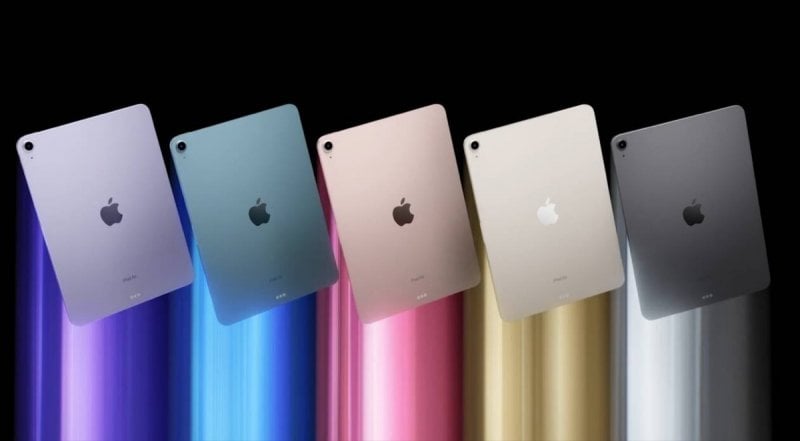After a wait of almost two years, Apple has finally released a new version of its iPad line, introducing a thinner iPad Pro and new iPad Air models.
These updates are not entirely ordinary: it is the first time that Apple has inserted a OLED display in the iPad Pro, combining it with a new M4 chip, as well as proposing a model 13-inch Air in its range.
Both devices are now available in 11″ and 13″ formats, giving the impression that the two lines are now more similar to each other, differing mainly in performance.
It is worth analyzing the differences between the two tablets to better understand what justifies the difference of several hundred euros, in case you are considering purchasing one of them.
We have compared the technical specifications of the two models and highlighted the main differences, to help you make an informed decision.
Design, display and performance
Apple’s latest tablets stand out not only for their price, but also for their design and display technology.
While the iPad Pro is now the thinner and lighter of the two, it offers fewer color options, limited to black and silver, while the iPad Air is available in a wider range of shades.
Both models are offered in two sizes, but only the Pro boasts the new display Ultra Retina XDR from Apple, which reaches a brightness of up to 1,600 nits for HDR, while Air presents the screen Liquid Retinawhich reaches maximum peaks of 600 nits.
Thanks to the OLED display, iPad Pro ensures superior contrast and deeper blacks.
Furthermore, it can boast of glass with nano-texture which reduces reflections and, together, also support for ProMotion technology and a maximum refresh rate of 120Hz, which guarantee a smoother experience, particularly appreciated by artists who use Apple Pencil.
As for the processing powerthe new iPad Pro is equipped with Apple’s M4 chip, while the iPad Air is equipped with the M2 processor.
Apple claims the M4 offers a CPU 50% faster compared to the version with M2, a difference which consequently also applies to the iPad.
The 1TB version of the Pro houses a rumored 10-core M4 chip consume half the energy compared to the M2.
In addition to improved CPU performance, M4 offersneural unit 60 times faster compared to the 2017 A11 Bionic model and can perform 38 trillion operations per second.
While lower than Qualcomm’s Snapdragon
The new iPad Pro also has hardware-accelerated GPU upgrades, ray tracing, and mesh shading to enhance gaming scenes, as well as supports Dynamic Caching technology, which optimizes memory use to increase the performance of apps and games.
Cameras, speakers and price
While iPad Air retains two stereo speakers and microphones, iPad Pro stands out with a system equipped with four speakers and as many microphones.
Connected to the OLED display, the latter remains there optimal choice for enjoying multimedia content.
Apple has moved the front cameras to the longer sides of the tablets to facilitate video calls in landscape mode.
Both models feature 12 megapixel front cameras f/1.8, but only the Pro features an adaptive True Tone flash to improve low-light photos.
Finally, the main distinction between the two new Apple products lies in the price.
iPad Air it has a starting price of 719 euros for the 11-inch model and 969 euros for the 13-inch one. The cellular models start at 889 euros and 1,139 euros respectively, with double the base storage capacity compared to 2022 (128GB).
iPad Pro, however, has a starting price of 1,219 euros for the 11-inch model and 1,569 euros for the 13-inch one, with the cellular models starting from 1,469 euros and 1,819 euros respectively. Both offer a base storage capacity of 256GB and can be configured up to 2TB.
#iPad #Pro #iPad #Air #choose #purchase
